SAP S4HANA Setup Guide
Overview
To configure and test an S/4HANA Cloud SOAP outbound service (Product replication: productmdmbulkreplicaterequest) and the SAP S/4HANA Cloud SOAP Connector as a Mule application deployed on CloudHub, see the [SAP S/4HANA Setup Guide] on Exchange.
Follow the steps in the S/4HANA Customization Guide section to set up your Salesforce OMS to ERP Integration.
Configure SAP S/4HANA
To make the necessary configurations in S/4HANA:
-
Create a Communication System in the corresponding Fiori app. This communication system represents the external system that will consume the S/4HANA Cloud SOAP service. In this example, it’s named
COM_0009_SOAP_OUT:

-
For the 'Business System' name, use the same name of the System ID.
-
In the 'Host Name' field, enter the hostname of the Mule application deployed on Cloudhub (if you don’t have it yet, you can enter a mock URL and then modify it later):
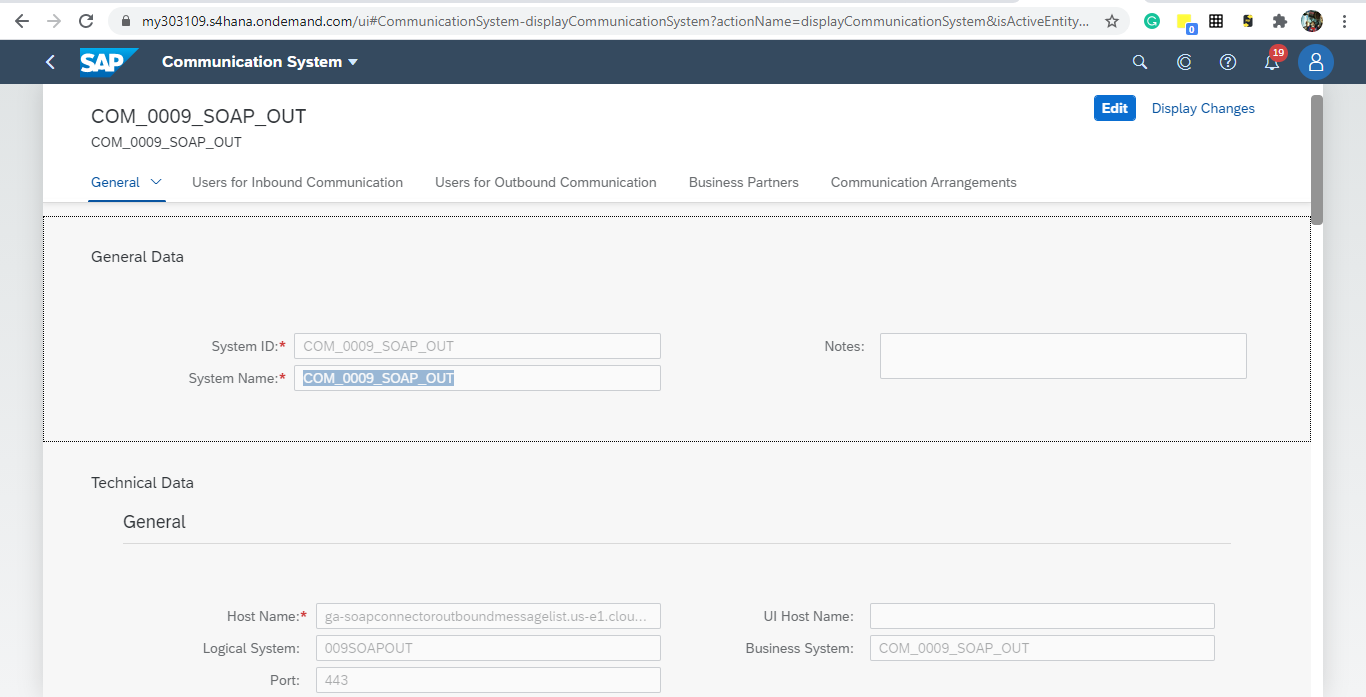
-
Create a user that will be used to connect to the Cloud Hub app for sending product information in the outbound scenario (this is necessary even though the Mule application does not validate the user; we used any user for outbound):
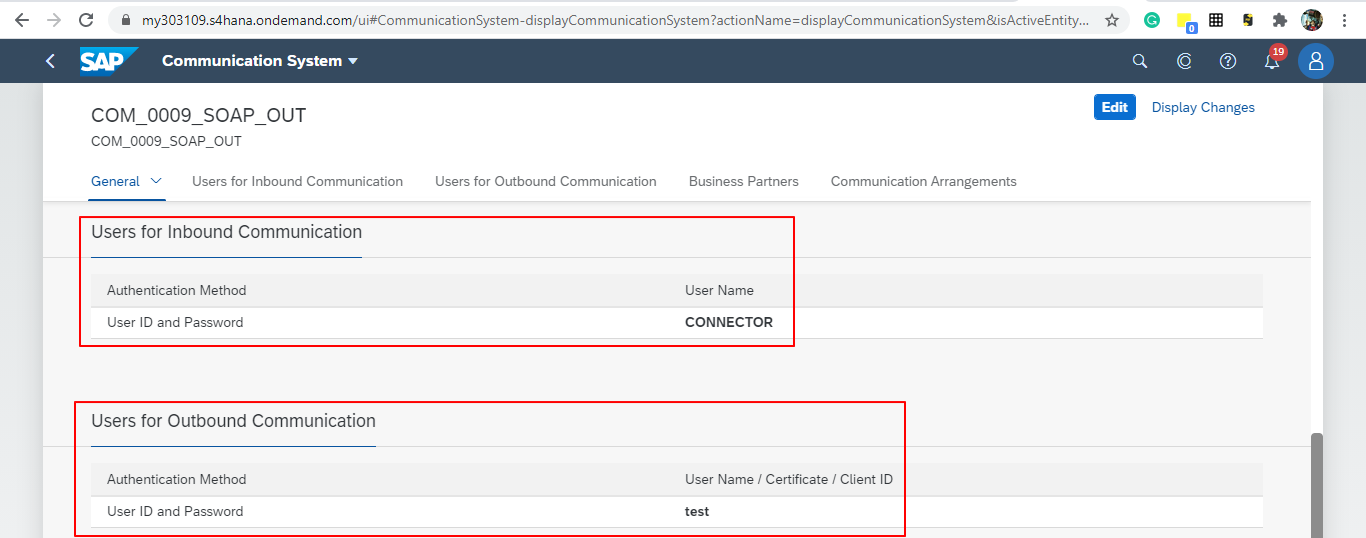
-
Use the Communication Arrangement Fiori app to create a new Communication Arrangement:

-
Create a new Communication Arrangement, select the communication scenario "SAP_COM_0009", and then define a specific name for the arrangement, "SAP_COM_0009_SOAP".
-
In the Communication System field, select the Communication System created in the previous step:

-
For outbound communication, select the previously-created user and configure the Product Master - Replicate from SAP S/4HANA Cloud to Client and include the following settings. Make sure to note the Path (
/sap/bc/srt/scs/sap/productmdmbulkreplicaterequest) because we will use this path to configure the Mule application SOAP endpoint:-
Set the Service status to Active
-
Replication Model (any name)
-
Replication model =
I (Initial) -
The Output Mode =
D (Direct)

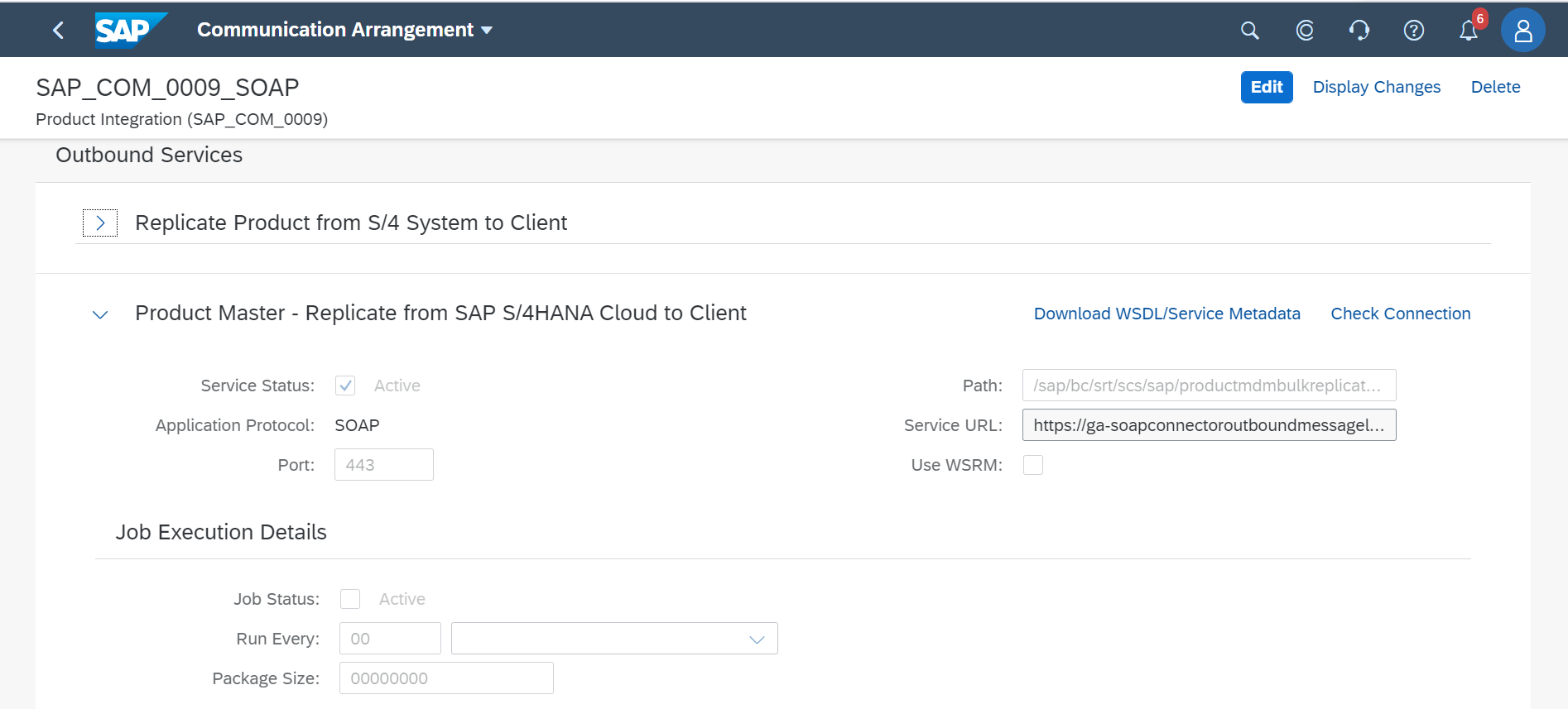

-
-
Save it. All configurations at S/4HANA Cloud side are finished and you will be able to download the WSDL that contains the metadata to import into the S/4HANA Cloud SOAP Connector into the Mule application.
Configurations in the Mule Application
The following example describes how to create a Mule application using the Outbound Message Listener operation of MuleSoft’s SAP S/4HANA SOAP Connector:
-
Create a Mule project and add the appropriate connector from Exchange to the Mule Palette:

-
Add and configure the Outbound Message Listener to the canvas:

-
Add the corresponding WSDL path to the WSDL you downloaded from S/4HANA Cloud and create the HTTP listener configuration:
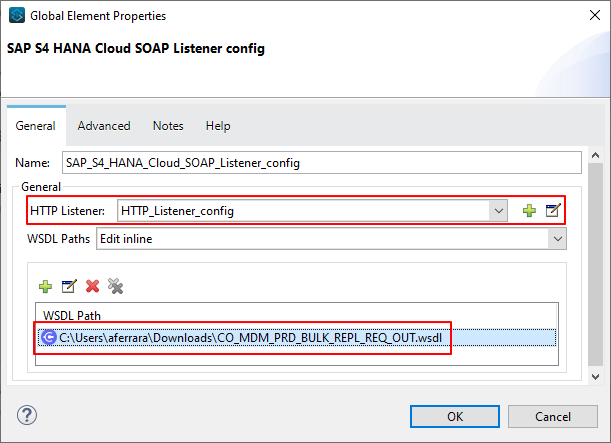
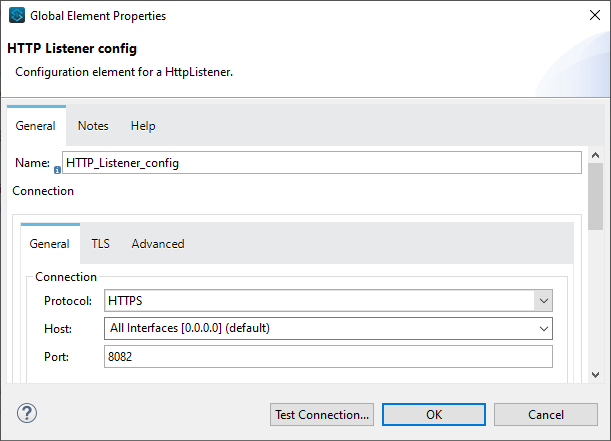
Note: we are using no authentication on the Mule Application, so we used the Insecure option for the Trust Store Configuration. In the Keystore configuration, we used a test Keystore, which is mandatory for HTTPS communication:
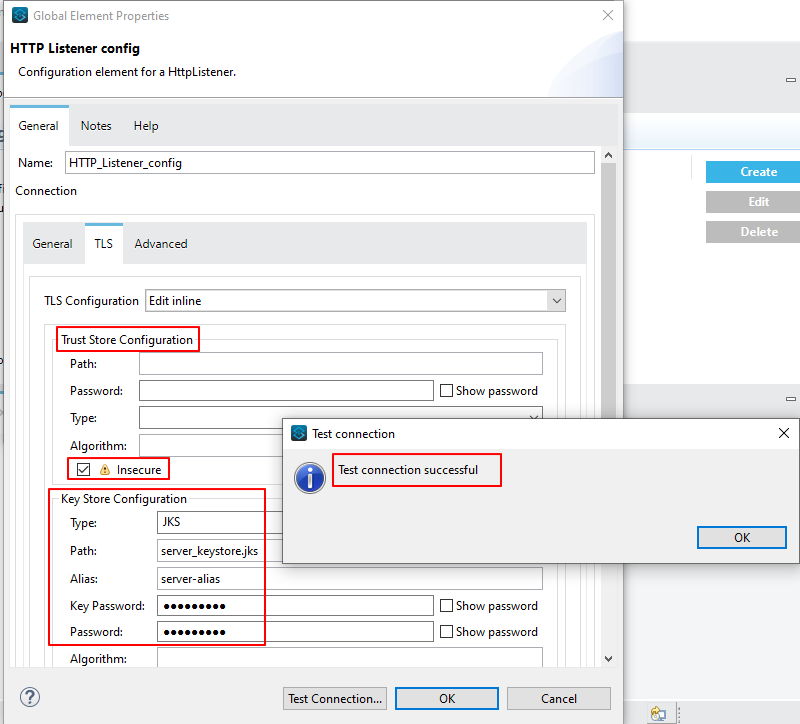
-
Select the Message type that the connector expects to receive from SAP (the connector reads the metadata from the WSDL we configured):
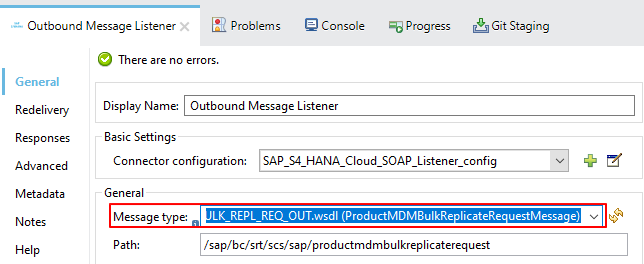
-
On the Responses tab, use the status Code "202" and the Reason-Phrase "Accepted" because we want to send the same status that S/4HANA Cloud will send if the service invocation results OK. No payload will be returned as a response - just the
Statuscode andReason-phrase:
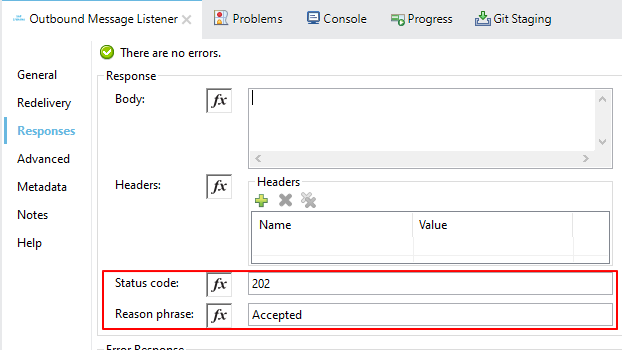
-
Use a Logger component to log the inbound XML payload:
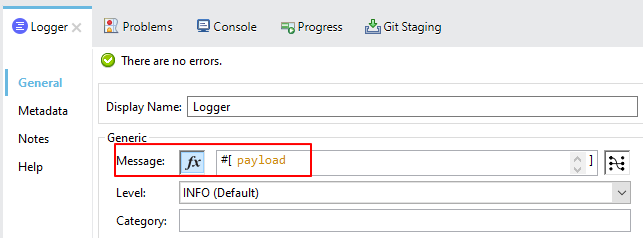
The Mule flow should look like the following:
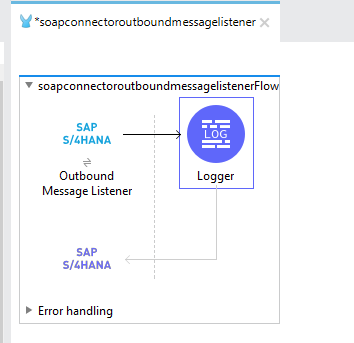
-
Deploy the application to Cloudhub. You’re now ready to test the scenario.
Testing the Scenario
To test the scenario:
-
Create the following. You only need to create a material in the corresponding Fiori app of S/4HANA Cloud:
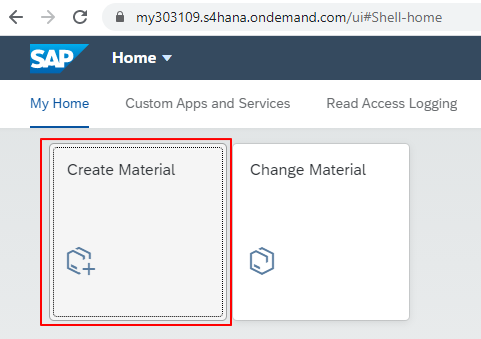
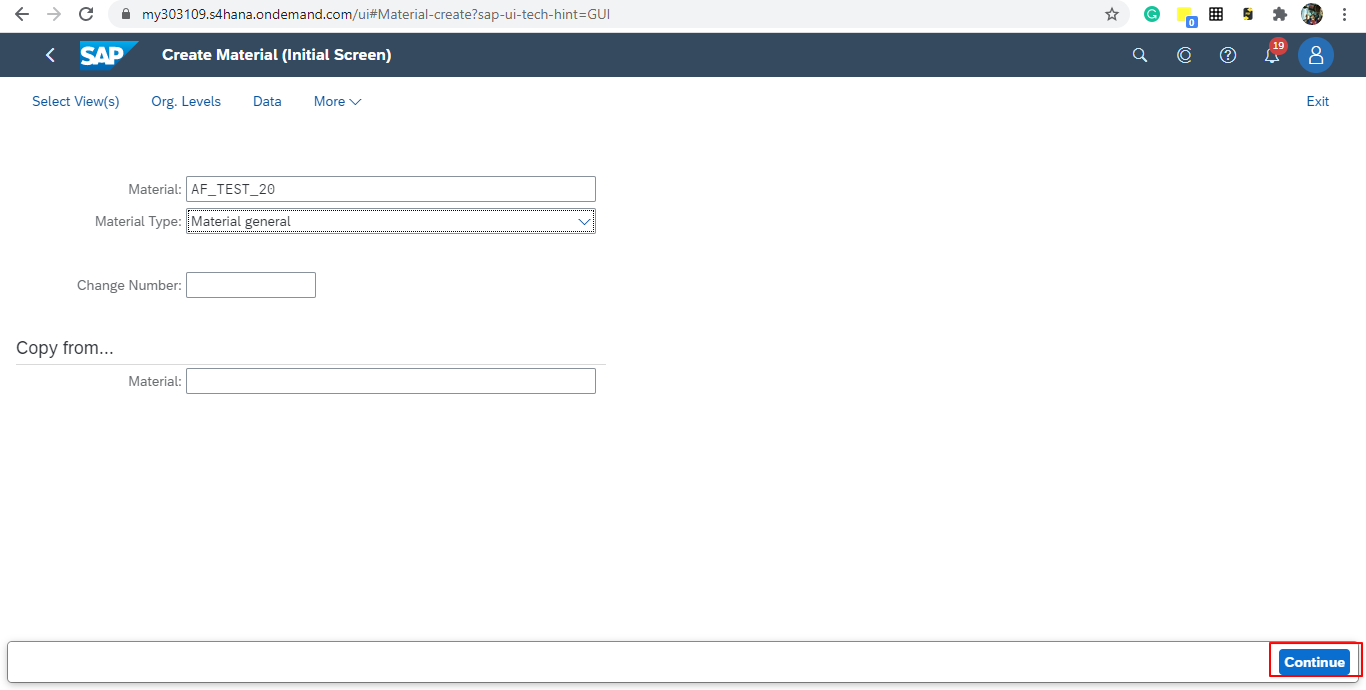
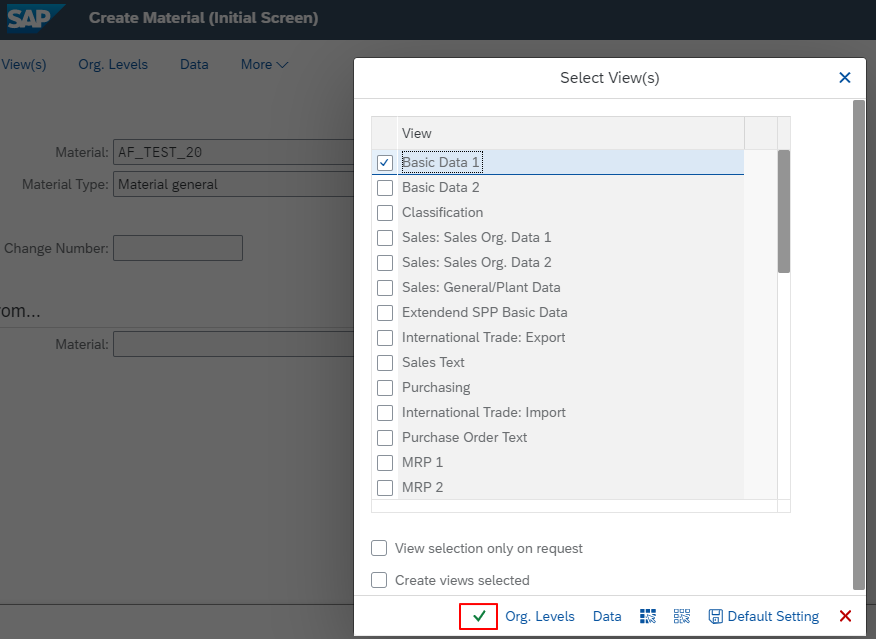
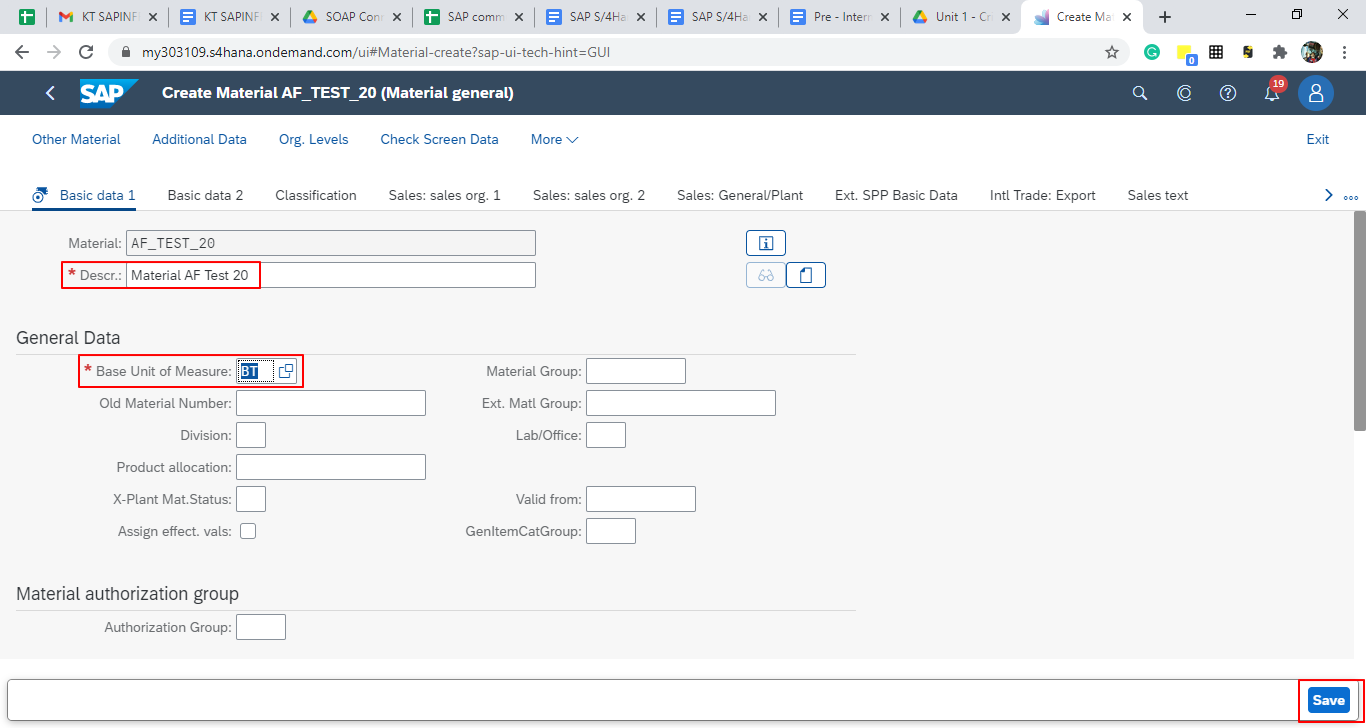
After you save the new material, you should see the following confirmation in S/4HANA Cloud:

The following shows the XML message received at the Mule application at the Runtime Manager on Cloudhub:
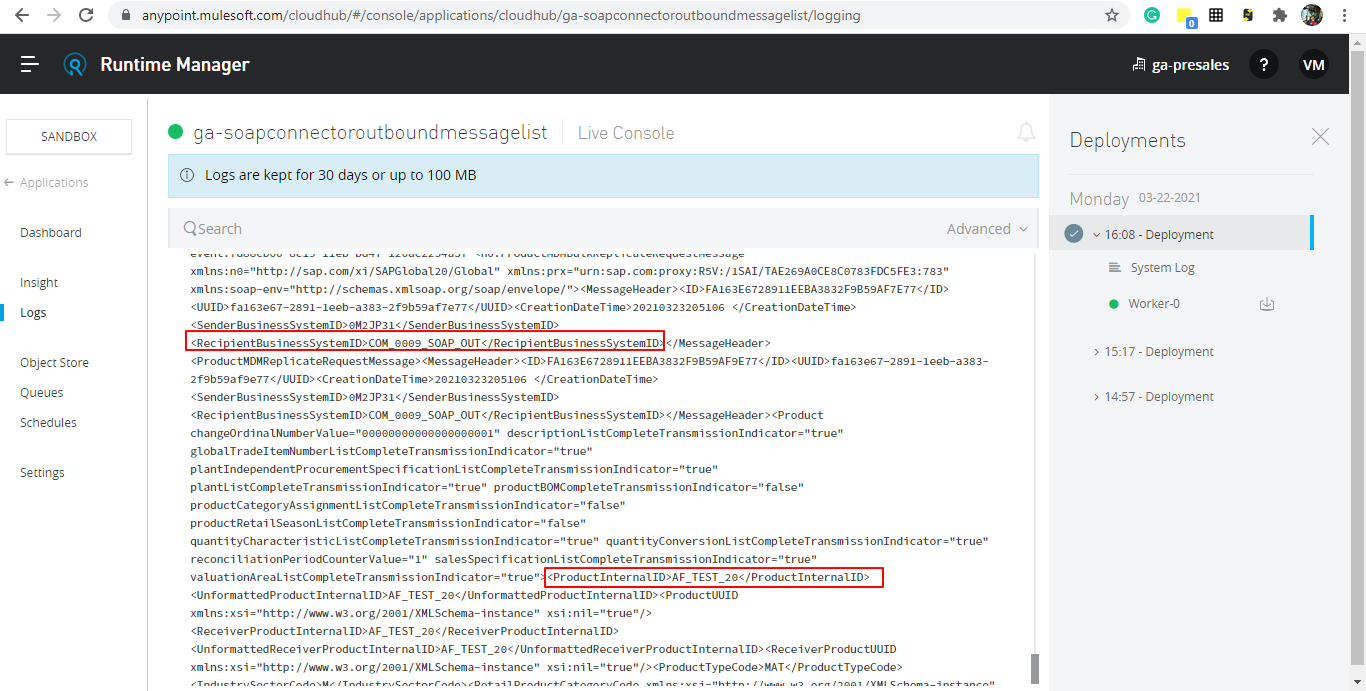
-
See the sent message in the Message Dashboard Fiori Application:

-
Select the date:
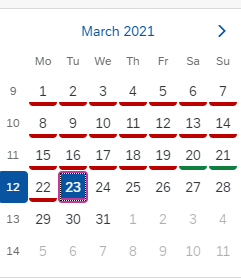
-
Search under CMD:Product Integration - /CMDPR → Product Replication to Client via Service - PRDREQ_OUT/00001 namespace:

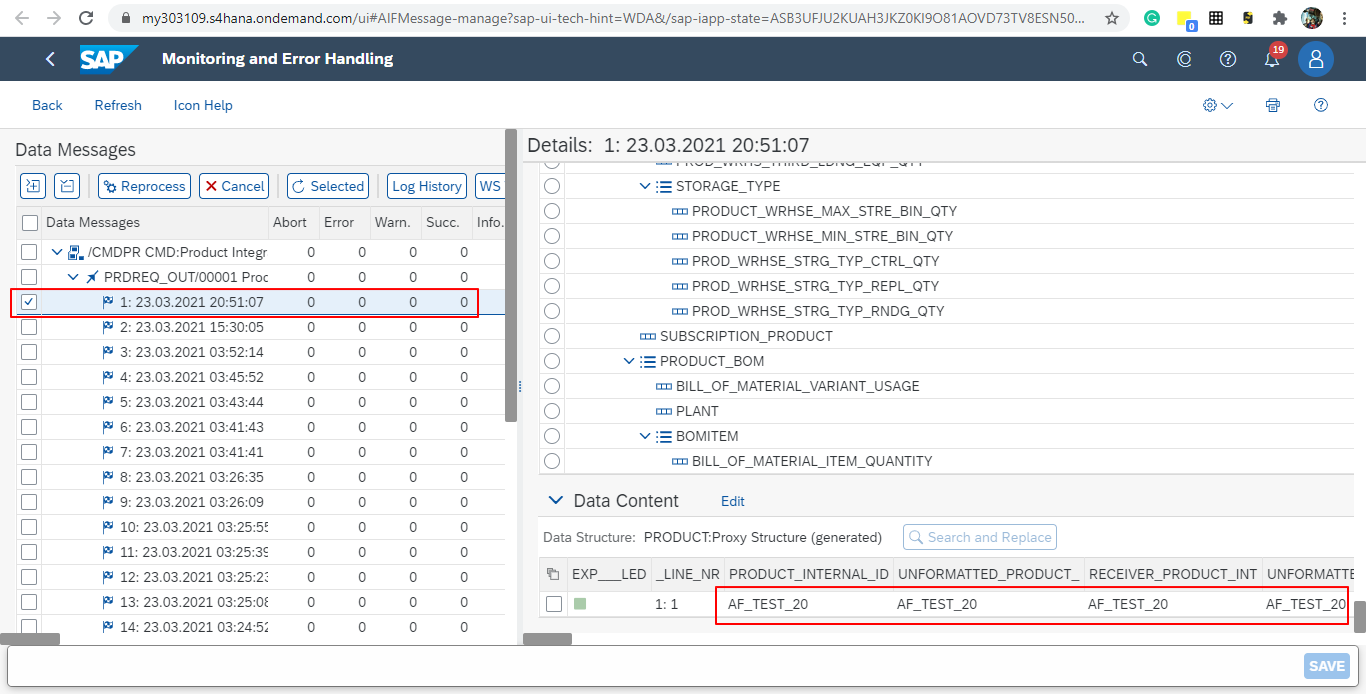
S/4HANA Customization Guide
Create the following custom fields in the corresponding objects in Salesforce OMS to enable the customer, product, and orders sync use cases to function end-to-end.
| Salesforce Object | Field Name | Data Type | Length | Unique | ExternalId |
|---|---|---|---|---|---|
BusinessPartner |
YY1_SME_MPARTYROLEID_bus |
Text |
36 |
Y |
Y |
SalesOrder |
YY1_SME_MORDERID_SDH |
Text |
36 |
Y |
Y |
Product |
YY1_SME_UnvProductId_PRD |
Text |
36 |
Y |
Y |
Configure SAP S/4HANA Order Management
Follow the steps in these sections to configure your Salesforce OMS to ERP Integration.
Configure the Communication Arrangement
Use the settings in the table to configure the communication arrangements.
| Communication Arrangement ID | Service Name | Protocol |
|---|---|---|
SAP_COM_0109 |
Sales Order (A2X) |
OData V2 |
SAP_COM_0223 |
Outbound Delivery - Notify (B2B) |
OData V2 |
SAP_COM_0905 |
Transportation Management - Freight Order Integration |
OData V4 |
SAP_COM_0120 |
Billing Document - Create with SD Document Reference |
SOAP |
SAP_COM_0120 |
Billing Document - Read, Cancel, GetPDF |
OData V2 |
Add the Required Entry for Outbound Delivery - Notify (B2B) Communication Arrangement
Use the Fiori app Output Parameter Determination to add the following entry under the rule for Outbound delivery and Determination Step Output Relevance.
| Output Type | Goods movement status | Document Category | Picking status |
|---|---|---|---|
DELIVERY_NOTE |
A |
J |
C |
After configuring the communication arrangements, add the customer by using the rule Outbound Delivery and the Determination Step Channel.
| Output Type | Recipient | Channel | Rolee |
|---|---|---|---|
DELIVERY_NOTE |
<Customer Number> |
EDI |
WE |
Next, add the customer in the Business Partner section of the communication system, which is used to configure this communication arrangement.
Custom CDS View
-
Name
YY1_SDDocumentFlow
-
Representative Key
SalesDocument
-
Scenario
External API
-
Data Sources
Field name Type Cardinality Join Condition I_SalesDocument
Primary Datasource
N/A
N/A
I_SDDocumentMultiLevelProcFlow
Associated Datasource
Zero or More [0..*]
PrecedingDocument = SalesDocument
I_SDDocumentCategory
Associated Datasource
Zero or More [0..*]
SDDocumentCategory = SubsequentDocumentCategory
-
Elements
Alias Path Type Key SalesDocument
I_SalesDocument.SalesDocument
CHAR (10)
Yes
PrecedingDocumentCategory
_I_SDDocumentMultiLevelProcFlo.PrecedingDocumentCategory
CHAR (4)
No
SubsequentDocument
_I_SDDocumentMultiLevelProcFlo.SubsequentDocument
CHAR (10)
No
SubsequentDocumentCategory
_I_SDDocumentMultiLevelProcFlo.SubsequentDocumentCategory
CHAR (10)
No
ProcessFlowLevel
_I_SDDocumentMultiLevelProcFlo.ProcessFlowLevel
NUMC(2)
No
CreationDate
_I_SDDocumentMultiLevelProcFlo.CreationDate
DATS (8)
No
CreationTime
_I_SDDocumentMultiLevelProcFlo.CreationTime
TIMS (6)
No
Create a Custom Communication Scenario
You must create a custom communication scenario by adding the CDS view as an inbound service.
Publish the communication scenario, and then create a communication arrangement using the custom communication scenario you just created. The communication arrangement includes the service URL that is used to retrieve the SD Document Flow.
| SAP Field Name | Label | Data Type | Length | SAP Business Context |
|---|---|---|---|---|
YY1_SME_Tracking_Nmb |
Tracking Number |
Text |
20 |
Transportation Orders (TM_TRANSPORTATION_ORDER) |



